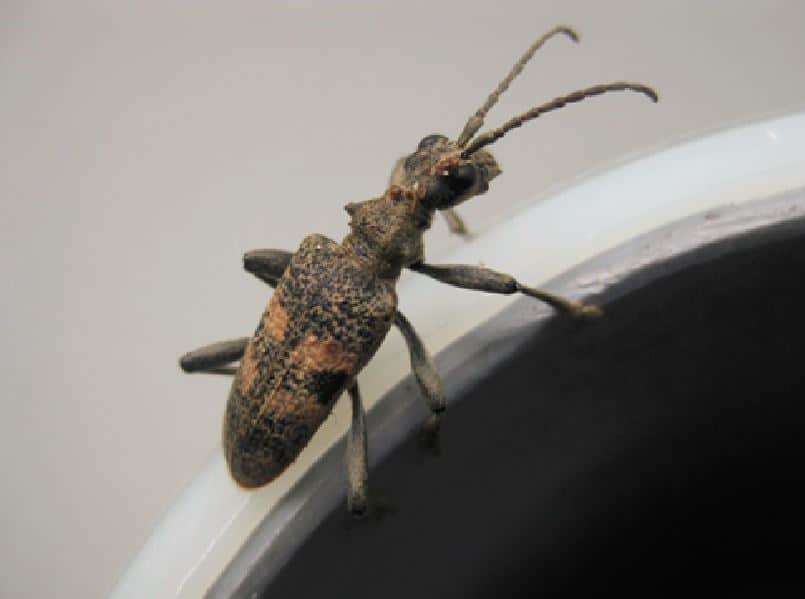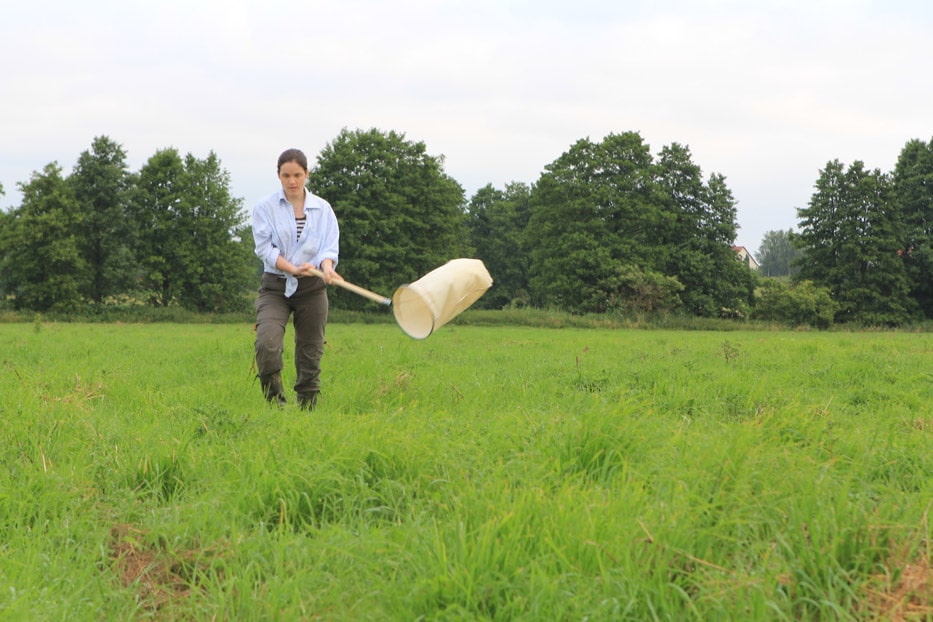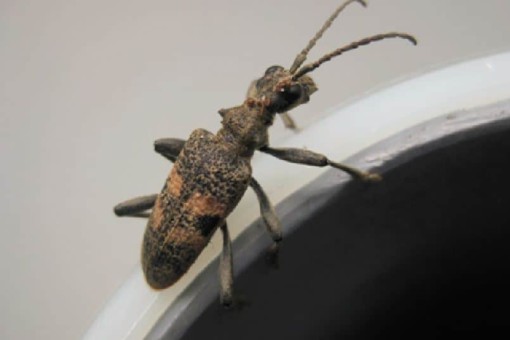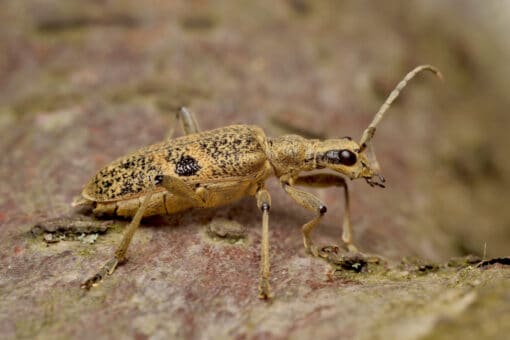Arthropods I- Land use, above-ground arthropod diversity and arthropod-affected processes

Arthropods, in particular insects, are the most diverse animal taxon on Earth and affect a multitude of ecosystem processes. We propose a long-term monitoring of arthropods, in particular insects and spiders, in all grassland and forests experimental plots (EPs), and of the ecosystem processes herbivory and parasitism/predation in forests. For the general survey, arthropods will be sampled in forests using funnel and flight-interception traps and in grasslands using funnel traps and sweepnetting.
We will also monitor abundances and parasitism of two potential forest pests, the ambrosia beetles Trypodendron spp., and the beech leaf-mining weevil Rhynchaenus fagi. Saproxylic insects will be monitored in collaboration with the project Arthropods II on exposed logs in forest VIPs.
We will analyse the effect of land use on arthropod diversity, including functional diversity, on beech herbivory and on the biological control potential of insect pests in forests, and test the use of indicator species for monitoring arthropod diversity.
In cooperation with other projects we aim to analyse land use effects on arthropod phylogenetic diversity, identify the components of land use responsible for arthropod biodiversity change and develop a BarCoding approach for true flies (Diptera). Our project will provide important baseline information for other projects that will allow assessing the role of arthropod diversity for the diversity of other taxa and for arthropod-mediated ecosystem processes.












